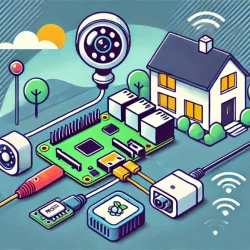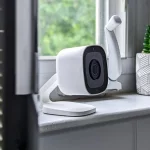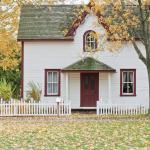Renewable Energy for Home Use
A home is the single most expensive purchase most Americans will ever make. The cost of home ownership isn't just the price of the land, the taxes and the construction fees - there are ongoing costs as well.
Chief among those costs are ongoing utility bills, including projected price increases, as well as ongoing maintenance expenses. Home buyers are increasingly looking for ways to "green" their homes, tying into renewable energy generation. Renewable systems provider Native wants readers to realize how much investing in renewable energy systems will decrease their bills over time.
These changes can be subtle, and small scale, or they can be defining characteristics of the home design. Some of the more interesting options include:
Solar Power Options
Solar power systems run the gamut from roof-based solar panels, driving battery banks in the house's attic, all the way down to decorative solar powered exterior lighting; the confluence of LED lighting with one twentieth of the current draw of incandescent bulbs with cheaper, more affordable solar power systems have helped considerably.
When looking at solar power systems, factor in replacement timeframes. Solar panel function degrades over time, and more expensive solar panels in the home-owner space aren't more efficient - they're designed to last longer. For some purposes (garden lighting), higher expenses aren't the best solution - get something you can replace cheaply after a few years. For systems that require extensive installation, focus on durability.
Solar Thermal Systems
Photo voltaic power is about 16 to 18 percent efficient. Using solar power to heat up water is about 30 to 35% efficient. Solar thermal systems can be used for hot water, or to heat the home. They also have the advantage of being a little less obvious than rooftop solar power, but are more expensive to install. Because solar thermal systems involve moving hot water and warm water around the system, you'll need to hire a plumbing contractor to install them, and they ahve all the hazards of any other plumbing project. It is possible to set up a joint photo-voltaic and solar thermal system in the same home.
A lower tech and less capitally intensive solar thermal method is landscaping. Simply changing the color of your south facing wall can reduce cooling costs in the summer. Building your home with a south-facing thermal mass (a thick wall, with or without water barrels in it) can keep your home cool in the summer and warm in the winter if it's maintained properly.
Wind Power Generation
Wind power is trickier to install as part of a home purchase - to get good wind power generation, you need to have a high tower and constant winds to work with. So they're more situational than solar power tends to be, where everyone has a south facing wall or roof.
Power Storage and Resale
The largest hurdle to renewable energy in home construction is off-peak power usage. Solar power comes in when the sun is up - and while it can run an air conditioning system, it can also be used to power up a battery array. Battery arrays tend to be the go-to solution when it comes to wind power systems whose power generation is less predictable in general. If you can't afford a battery array for your home, check with your local utility company - they may be required to give you electrical power offsets on your bill, or they may purchase power at wholesale rates.
Native provides renewable energy systems and green building in Texas. Learn more about Native and visit their website today.
More to Read:
Previous Posts:




